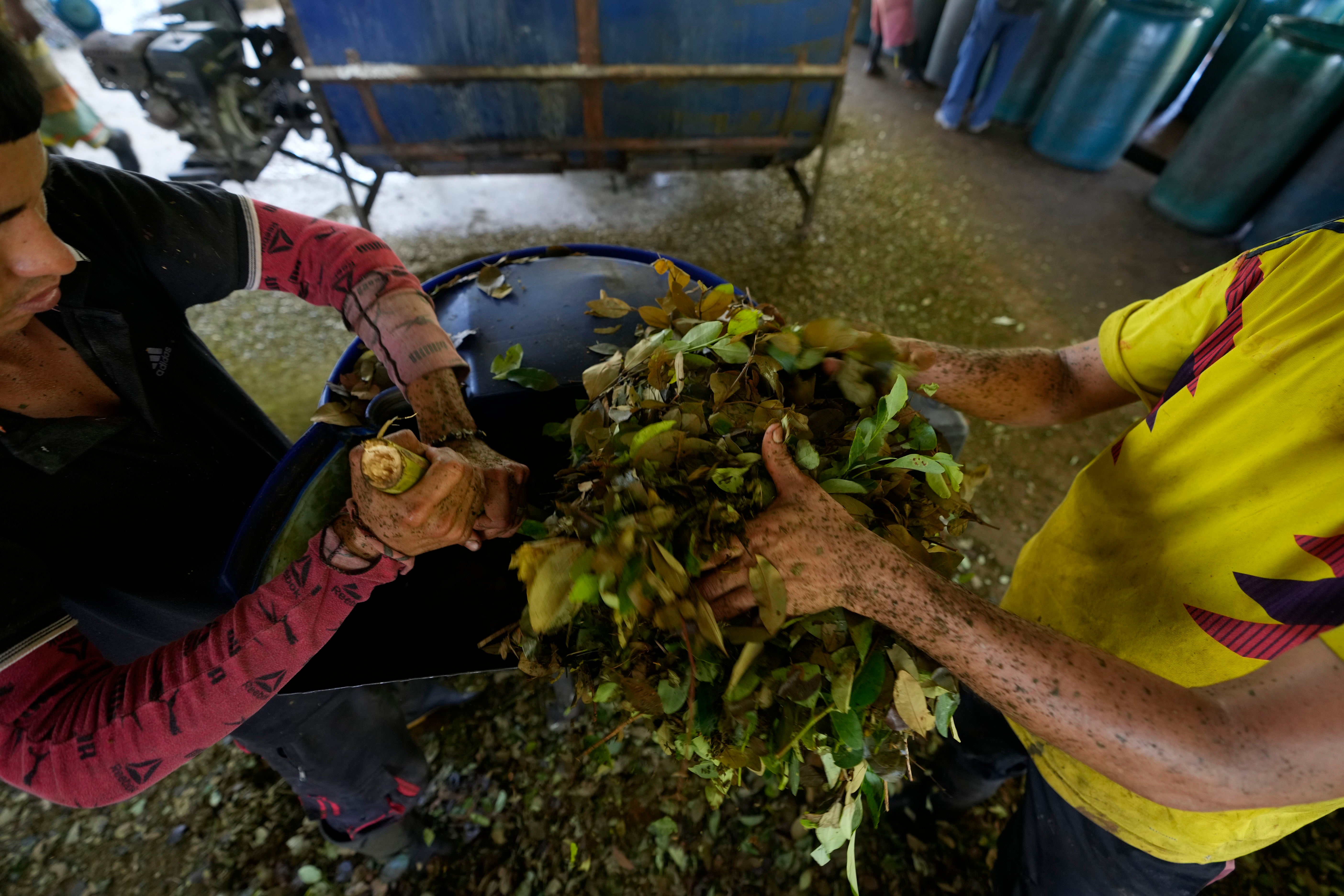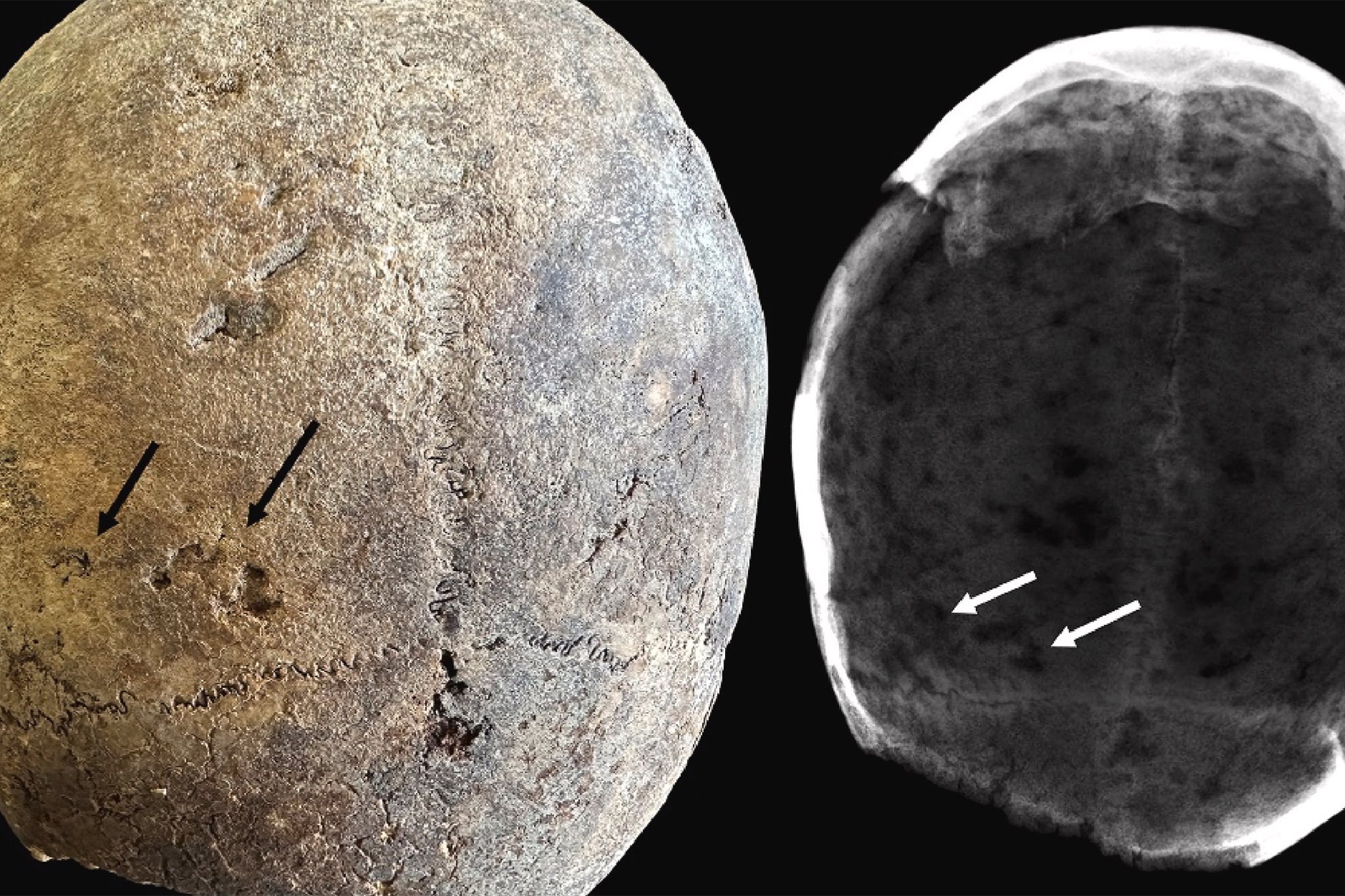Cocaine discovered in European bodies from 400 years ago in major science breakthrough
The two individuals likely used the substance just before they died, University of Milan researchers said

Your support helps us to tell the story
From reproductive rights to climate change to Big Tech, The Independent is on the ground when the story is developing. Whether it's investigating the financials of Elon Musk's pro-Trump PAC or producing our latest documentary, 'The A Word', which shines a light on the American women fighting for reproductive rights, we know how important it is to parse out the facts from the messaging.
At such a critical moment in US history, we need reporters on the ground. Your donation allows us to keep sending journalists to speak to both sides of the story.
The Independent is trusted by Americans across the entire political spectrum. And unlike many other quality news outlets, we choose not to lock Americans out of our reporting and analysis with paywalls. We believe quality journalism should be available to everyone, paid for by those who can afford it.
Your support makes all the difference.Traces of cocaine have been discovered in the brains of two people who died in Italy 400 years ago, revealing that the drug was being used in Europe much earlier than previously thought.
University of Milan researchers discovered the remnants of the narcotic in two bodies buried in a 17th century hospital cemetery in Milan.
The experts found three key molecules – cocaine, hygrine and benzoylecgonine – in the brain tissue of the two individuals - who likely used the substance to self-medicate just before they died.
“It may have been administered as part of a medical remedy by healers not practicing in the hospital,” researcher Gaia Giordano told Live Science.
The study, published in the Journal of Archaeological Science, said that the narcotic was likely consumed by chewing coca leaves known as Erythroxylum coca.

Previously, the plant was believed to have reached Europe from South America in the 19th century. But the study said it was now clear it arrived almost two centuries earlier than that.
“These laboratory analyses not only backdate the arrival of the Erythroxylum spp. by almost two centuries in Europe,” Ms Giordano told the same publication.
“They also demonstrate that some Milanese citizens came into contact with this New World plant and chewed or brewed its leaves as tea.”
The Milanese hospital records don’t mention cocaine as a treatment until the 19th century, so it is likely that these two individuals had sourced coca leaves by themselves, the researchers said.
The presence of cocaine in the brain tissue hinted that the cocaine intake happened when the users were close to death, they added.
As the Duchy of Milan was under Spanish rule in the 17th century and was one of the destinations of sea trade from the Americas, it’s possible that some coca plants reached Milan unbeknown to the authorities.
In the centuries since, cocaine has spread across the world, becoming “a widespread substance of abuse for its psychoactive properties, as well as the cause of fifth of overdose deaths across the world in the 20th century,” the authors said.
Join our commenting forum
Join thought-provoking conversations, follow other Independent readers and see their replies
Comments